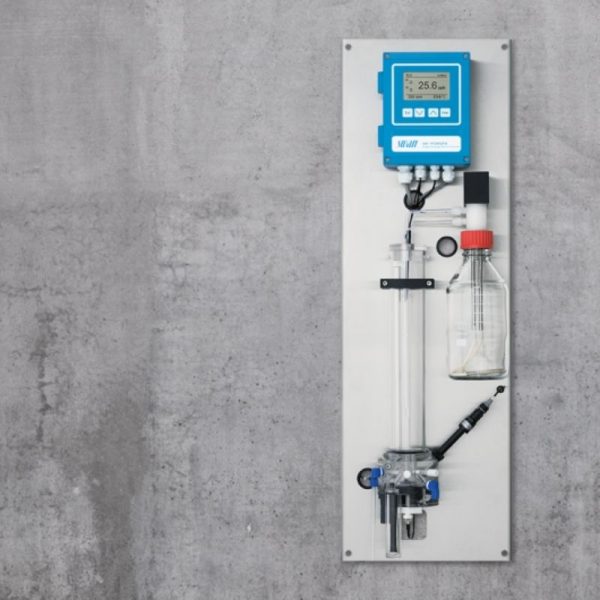What is Hydrazine?
Hydrazine is an inorganic compound with the chemical formula N2H4. It is a colourless, flammable liquid with an ammonia-like odour, characterised by its simple pnictogen hydride structure. Hydrazine exists as a diamine, featuring two nitrogen atoms connected by a single bond, each bonded to two hydrogen atoms. This compound is known for its reductive properties and ability to act as a weak base, forming various salts and derivatives. Hydrazine is utilised in a wide range of applications, including as a rocket propellant, in boiler water treatment, and in the synthesis of agricultural chemicals, pharmaceuticals, and blowing agents.
Monitoring Hydrazine in Power and Steam Water
Monitoring hydrazine (N2H4) levels in power plants and steam water systems is a critical aspect of maintaining operational efficiency and preventing corrosion. Hydrazine is widely utilised as an oxygen scavenger in boiler water to eliminate residual oxygen, thereby mitigating the risk of oxidation and subsequent corrosion within the system. This chemical reaction results in the production of nitrogen and water, which are harmless to the boiler components. Accurate and reliable monitoring of hydrazine concentration ensures that the correct dosage is applied, optimising the chemical’s efficiency while minimising waste and preventing potential toxicity issues.
Advanced analytical techniques and systems have been developed to measure hydrazine levels continuously, allowing for real-time adjustments to water chemistry. This proactive approach to water quality management contributes significantly to the longevity and performance of power generation equipment, highlighting the importance of precise chemical monitoring in industrial applications.
Online Hydrazine Analyser

